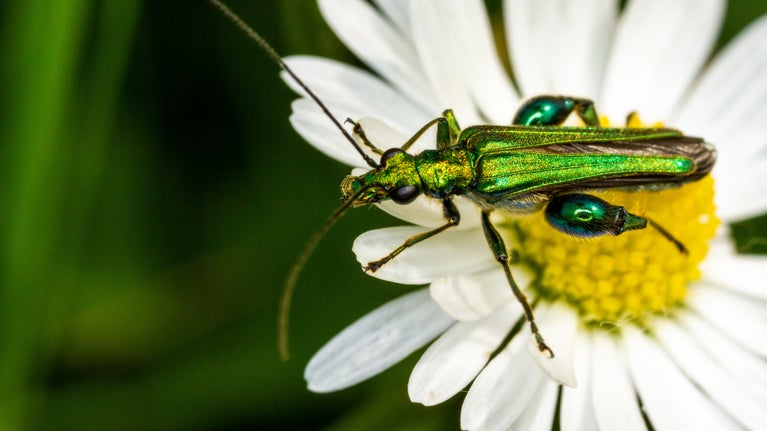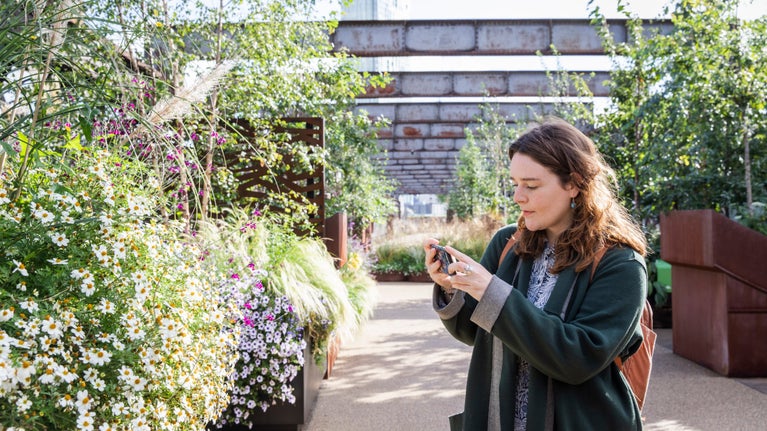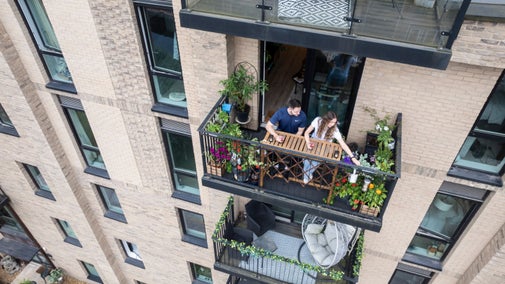
Get closer to wildlife
Discover tips for spotting mammals, birds and insects each season and learn about the range of wildlife at the places we look after.

Towns and cities are full of nature. This spotter guide will help you identify and discover some of the plants and wildlife in your street, garden or local park.
Nature is a great adapter and as towns and cities have grown, lots of animals, birds and plants have become part of urban life. Others have always thrived in busy, built-up areas.
With more and more of us living in towns and cities, green spaces are even more important for urban nature and people’s wellbeing. We are working to help preserve, improve and create more areas for urban nature through projects like Nature Towns and Cities and Castlefield Viaduct.
This guide will help you find out more about some of the nature we already share our towns and cities with, how they’ve adapted to living alongside us and how we can continue to support the nature around us.

Discover tips for spotting mammals, birds and insects each season and learn about the range of wildlife at the places we look after.
One of the best ways to encounter nature is to use your senses: sight, hearing, taste, touch and smell. In this guide, we’ll take you through the seasons and some of the plants and wildlife you can discover by slowing down and tuning in to what's around.

The small actions we take for nature can help make big changes and there are lots of ways to make a difference. Find out how you can play your part with ideas to help wildlife at home and in the community.

Whether you wander along rugged coastal headlands or stroll around your favourite park, discover how walking in nature can help improve your general wellbeing.

Learn how the right plants can transform your balcony into a vibrant green space, which will also help to support wildlife and improve wellbeing.
